Search
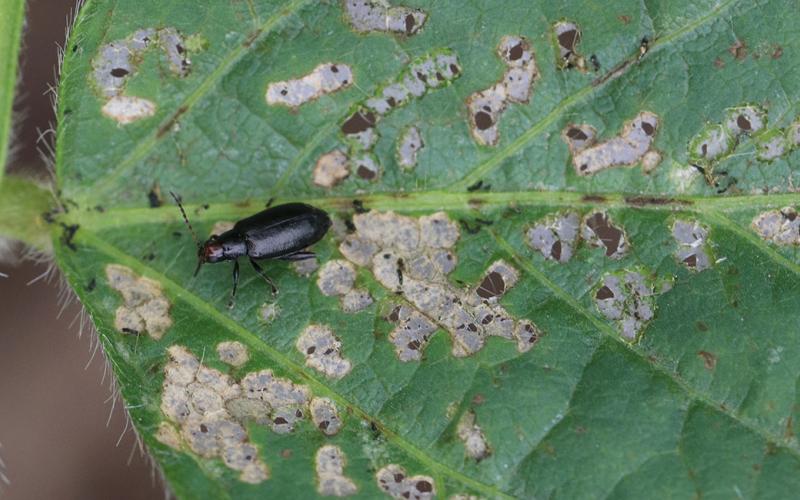
Redheaded Flea Beetles Active in Soybean
Redheaded flea beetles are active in soybean. Although they haven’t caused significant defoliation yet, their activity should be monitored.
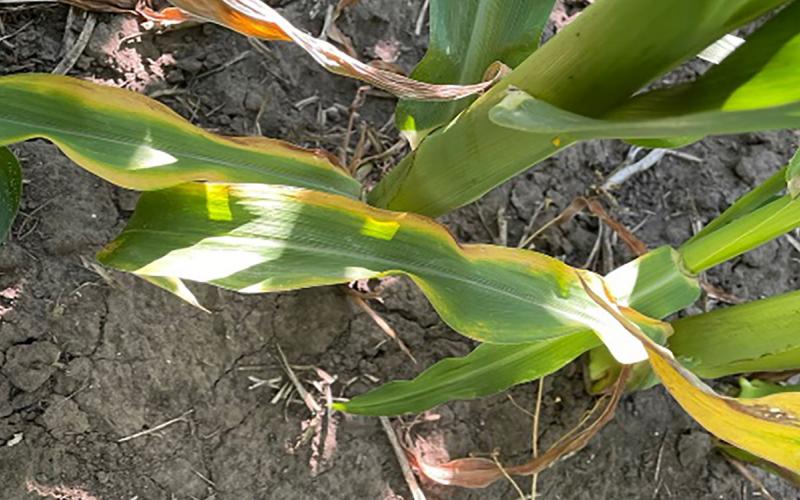
Corn Potassium and Drought
For many crop producers, potassium deficiency has become an increased concern, and this year’s drought conditions have resulted in potassium deficiency symptoms showing up in fields where it would normally not occur.

SDSU Welcomes Ali Nafchi to Precision Agriculture Team
July 09, 2021
The South Dakota State University Department of Agronomy, Horticulture and Plant Science, along with SDSU Extension, has named Dr. Ali M. Nafchi to serve as an Assistant Professor and Extension Specialist in Precision Agriculture.
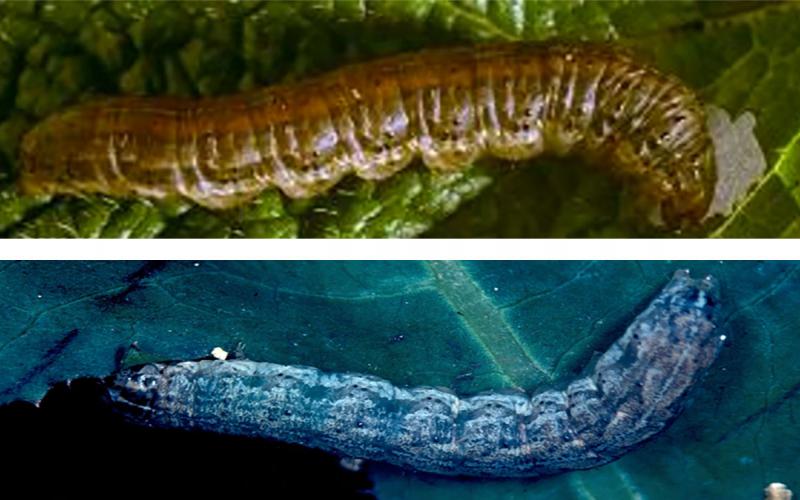
Cutworms in Sunflowers
In South Dakota, some late-planted sunflower fields are having some cutworm pressure. Although most cutworm activity should be wrapped up by now, it is possible that some populations may have been feeding up until the beginning of July.
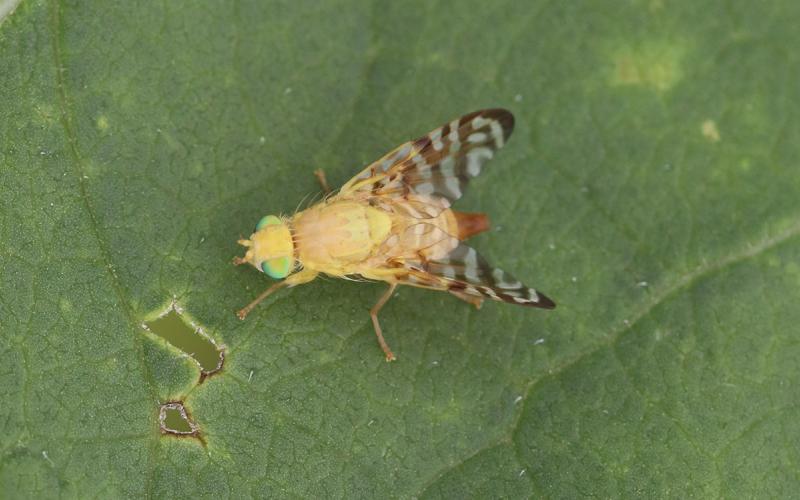
Sunflower Receptacle Maggot Flies Spotted in Sunflower
Quite a few sunflower receptacle maggot flies have been spotted in South Dakota sunflower fields. The adults don’t feed on sunflower, but the larvae of this insect are considered minor pests of South Dakota sunflower.
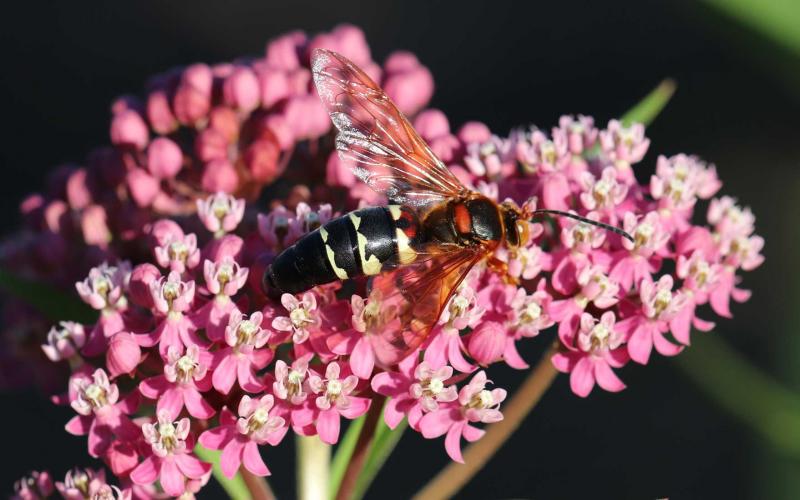
Cicada Killer Wasps Are Active in South Dakota
The cicada killer wasps are active in South Dakota, which means cicadas are probably not far behind. As their name implies, cicada killer wasps use cicadas as a food source. They can present an impressive spectacle if you observe one carrying a paralyzed cicada from a tree.
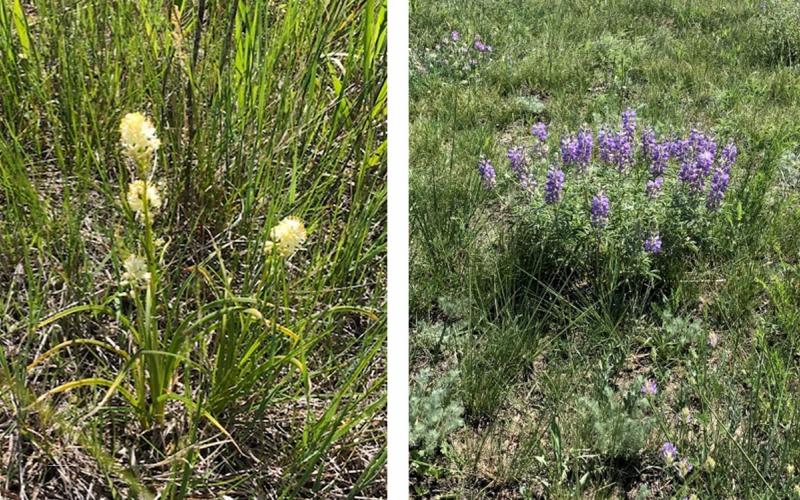
Poisonous Plants on Rangelands: Deathcamas and Lupine
With prolonged drought conditions throughout many areas of South Dakota, there is an increase of invasive weeds and poisonous plants on rangelands. Identification of poisonous plants is crucial to ensure livestock production is not compromised.

Conservation Drainage Complexities Part 1
How can farmers benefit from conservation drainage? Conservation drainage includes practices such as bioreactors, saturated buffers, wetlands and more.
South Dakota Grassland Management School Workshops Set For July 27, 28
July 15, 2021
The 2021 Grassland Management School workshops will be held at the Eck Restoration Project north of Henry, South Dakota on the shores of Warner Lake.
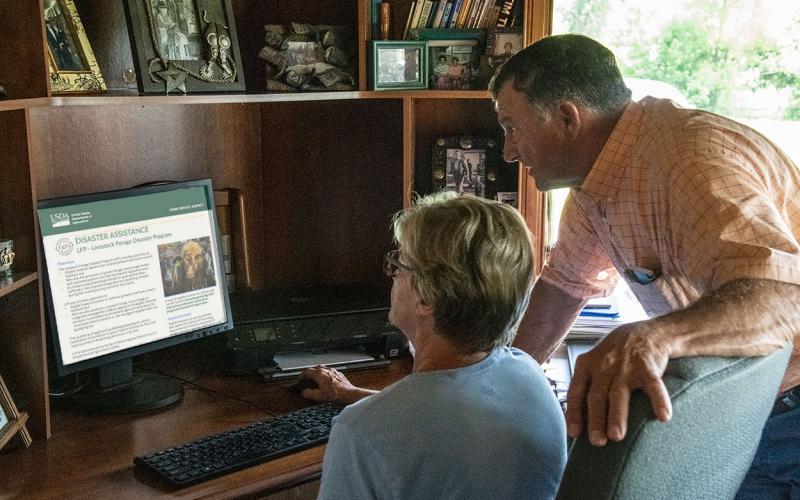
Drought Assistance Questions Answered
Dry conditions persist across the state, and many new questions are being asked regarding the federal assistance programs available from the U.S. Department of Agriculture Farm Service Agency.